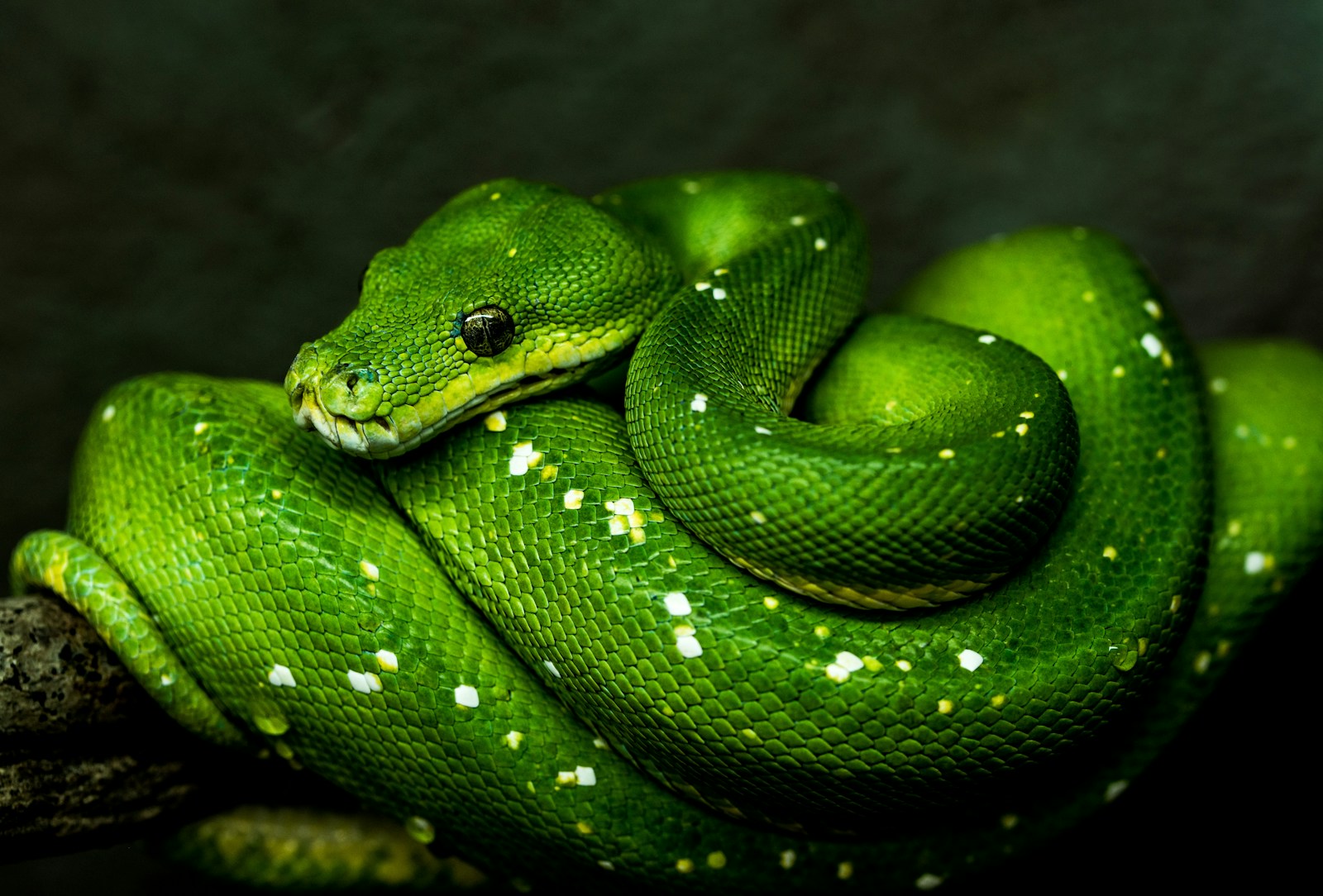In the mesmerizing world of serpents, not every strike is meant to connect. While snakes are often portrayed as precision hunters with lightning-fast attacks, herpetologists have observed fascinating instances where these reptiles deliberately miss their targets. This seemingly counterintuitive behavior has evolutionary roots and serves multiple purposes in a snake’s survival toolkit. From defensive tactics to hunting strategies, intentional misses reveal a sophisticated level of behavioral adaptation that challenges our understanding of these remarkable creatures. Let’s explore the surprising reasons why some snakes strike and miss intentionally, unveiling the complex decision-making processes happening inside these limbless predators.
The Defensive Bluff: Understanding Warning Strikes

Many snakes employ what biologists call “defensive bluffs” or warning strikes – deliberate misses designed to frighten potential threats without actually making contact. These calculated movements serve as a communication tool, essentially telling predators or large animals: “I could bite you if I wanted to, but I’m giving you a warning first.” Species like the North American rat snake frequently utilize this tactic when confronted by humans or larger animals that aren’t actually prey. The snake may launch its head forward dramatically, sometimes with mouth open, but intentionally fall short of the target by several inches. This behavior allows the snake to protect itself without expending the energy and risk associated with an actual bite, particularly since many non-venomous species lack effective weapons against larger threats.
Venom Conservation: A Precious Resource
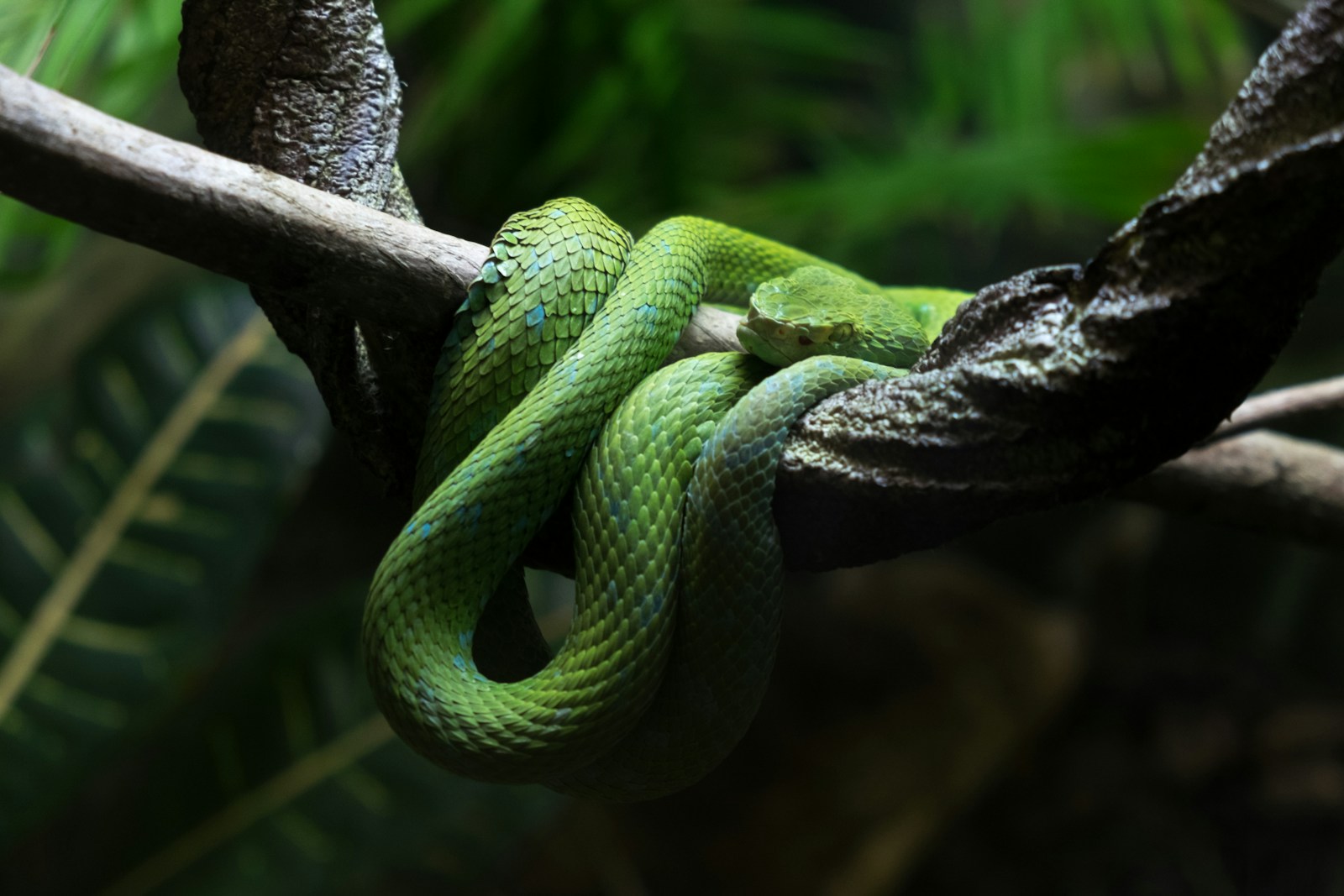
For venomous snakes, their toxic cocktail represents a significant metabolic investment that requires energy to produce, store, and replenish. Producing venom is metabolically expensive, taking days or even weeks to fully restore after significant depletion. This biological reality creates strong evolutionary pressure for venomous snakes to use their venom judiciously, striking with intent only when absolutely necessary for feeding or immediate self-defense. Research has documented species like rattlesnakes and cobras performing “dry bites” or intentional misses when dealing with non-prey threats, effectively conserving their venom for when it’s truly needed. This strategic resource management demonstrates sophisticated cost-benefit analysis happening in the snake’s primitive yet effective brain, balancing immediate defense needs against future hunting requirements.
Training the Young: Educational Misses

Juvenile snakes, particularly vipers and other ambush predators, have been observed performing practice strikes that intentionally miss targets during their developmental stages. These rehearsal behaviors help young snakes refine their striking accuracy, timing, and distance judgment without the risks associated with engaging actual prey or predators. Researchers studying captive-bred juvenile rattlesnakes noticed these practice strikes occurring most frequently in the weeks before their first successful hunt, suggesting a learning process at work. The behavior appears to involve a form of proprioceptive learning, where the snake builds neural connections between visual stimuli, muscle coordination, and spatial awareness. Even more fascinating, mother snakes of certain species have been documented appearing to “demonstrate” striking behaviors to their offspring in the limited period they remain together after birth.
Temperature Adjustment and Strike Accuracy
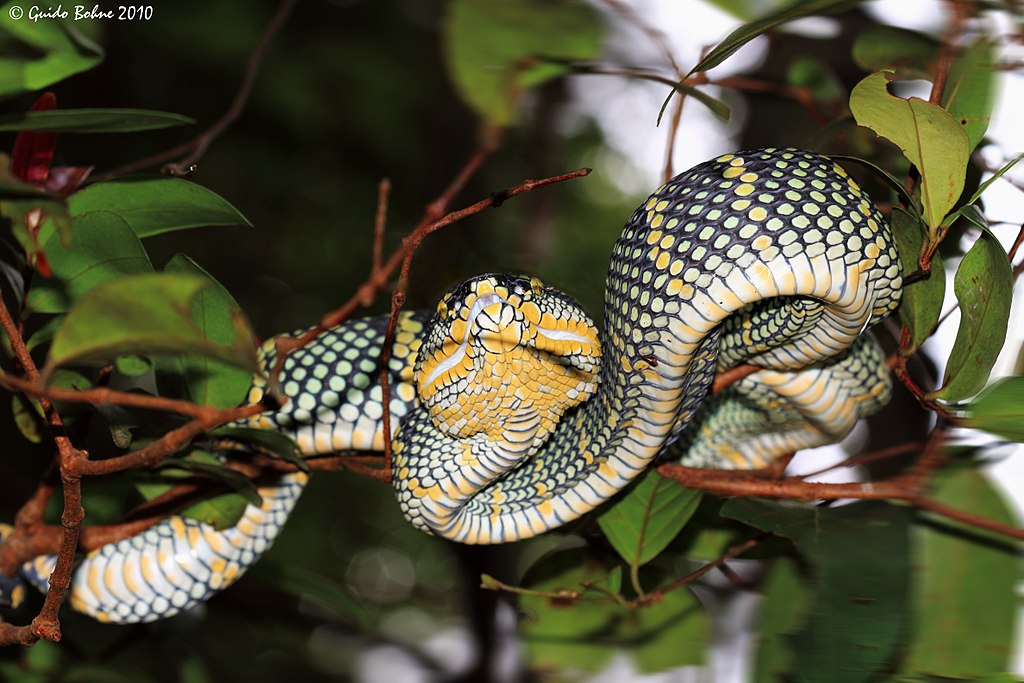
As ectothermic creatures, snakes’ physical performance is directly tied to their body temperature, which affects everything from metabolism to muscle function. When operating at suboptimal temperatures, some snake species appear to recognize their diminished striking ability and will intentionally pull back on strike force or distance. Field studies of pit vipers have shown that individuals hunting during cooler periods will sometimes execute what appear to be calibration strikes – intentional misses that help them gauge their own performance capabilities under current thermal conditions. This temperature-based adjustment demonstrates remarkable self-awareness, as the snake essentially tests its own physical limitations before committing to an actual predatory strike. This behavior appears particularly common during seasonal transitions or unusual weather patterns that create temperature fluctuations in the snake’s environment.
Risk Assessment and Threat Evaluation
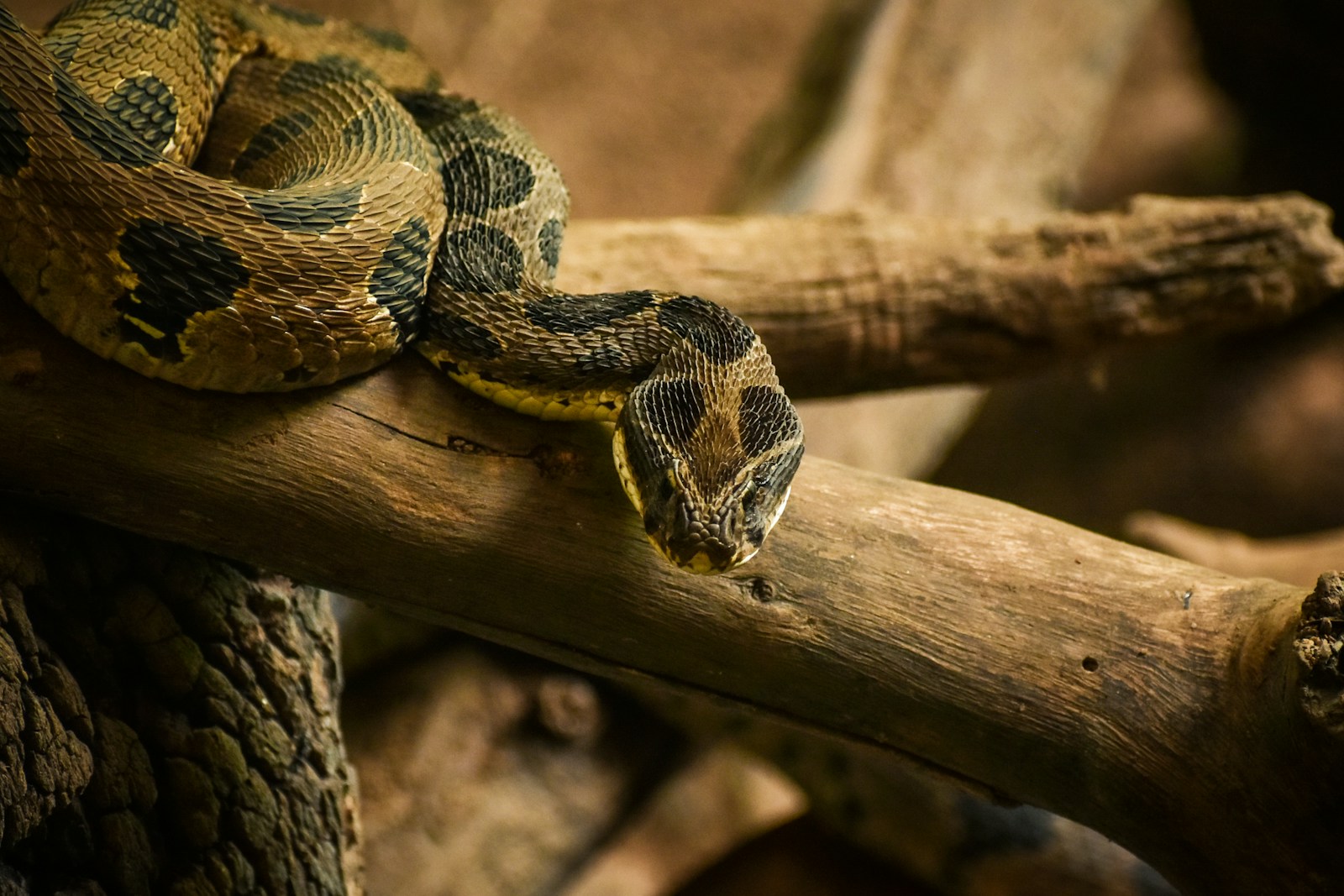
Snakes possess sophisticated threat assessment capabilities that influence their striking behavior, sometimes leading to intentional misses when the risk-to-reward ratio isn’t favorable. When confronted with an unusual potential threat, many species execute what herpetologists term “information-gathering strikes” – approaches that deliberately fall short while allowing the snake to collect sensory data about the target. This behavior is particularly evident in species with heat-sensing pits, like rattlesnakes and pythons, which can launch exploratory strikes to gather infrared information about an unidentified object or animal. The snake processes this sensory information to determine whether the target represents prey, predator, or something to be ignored. This calculated approach helps snakes avoid dangerous confrontations with threatening animals while still maintaining an intimidating defensive posture.
Energy Conservation Strategies
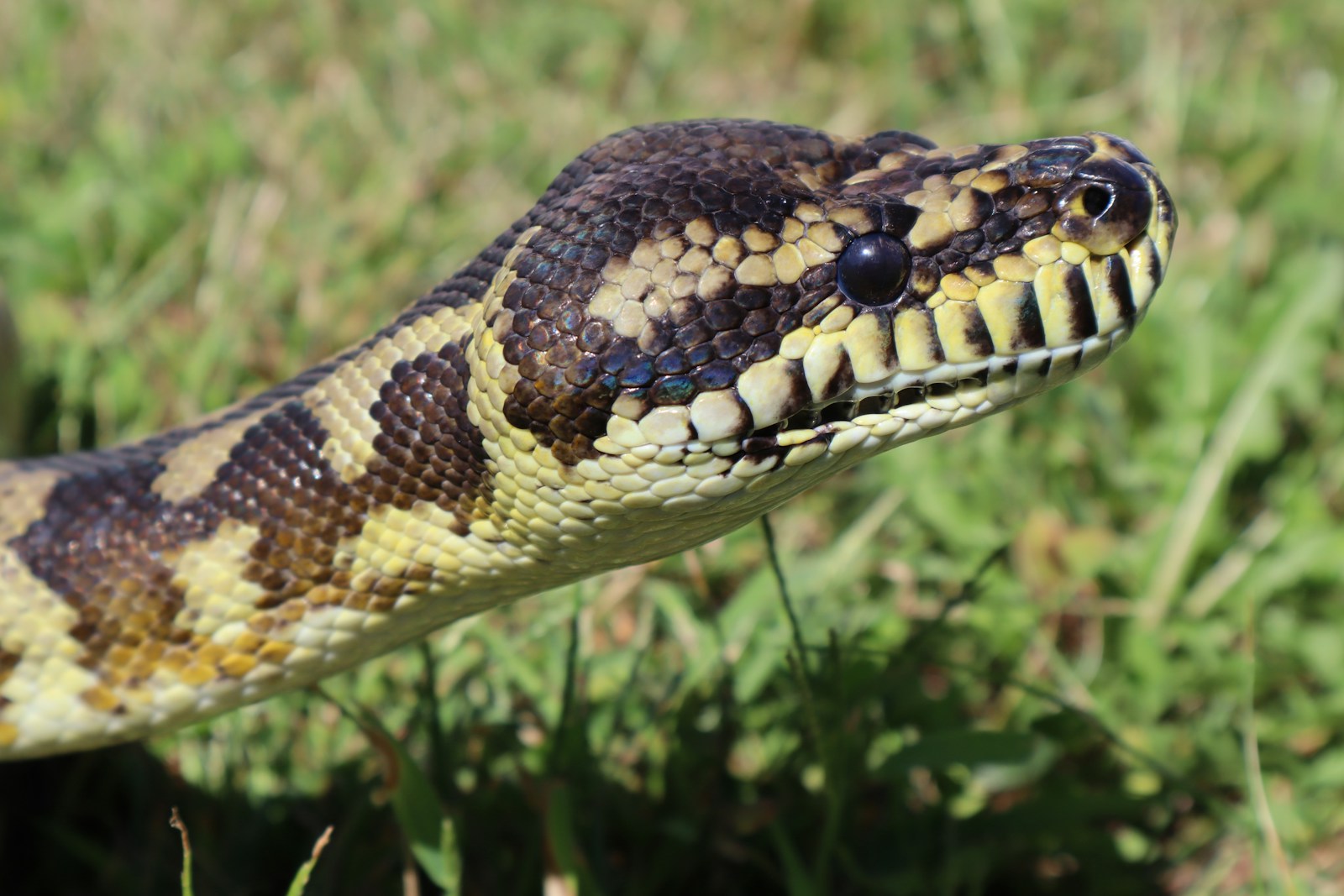
Striking represents a significant energy expenditure for snakes, requiring rapid muscle contractions and precise coordination. In situations where a snake is undernourished or otherwise energy-depleted, some species have been observed modulating their strike distance to intentionally miss while still creating the appearance of aggression. This behavior allows the reptile to maintain a defensive perimeter without committing to the full metabolic cost of multiple actual strikes or potential struggles. Desert-dwelling species like the sidewinder rattlesnake, which must survive in resource-scarce environments, demonstrate this energy-conserving behavior most prominently. Researchers have noted that the same individual snake will execute perfect-accuracy strikes when hunting prey but deliberately pull up short when dealing with defensive situations, showing a clear distinction between hunting and defensive strike intentions.
Predator Confusion Tactics
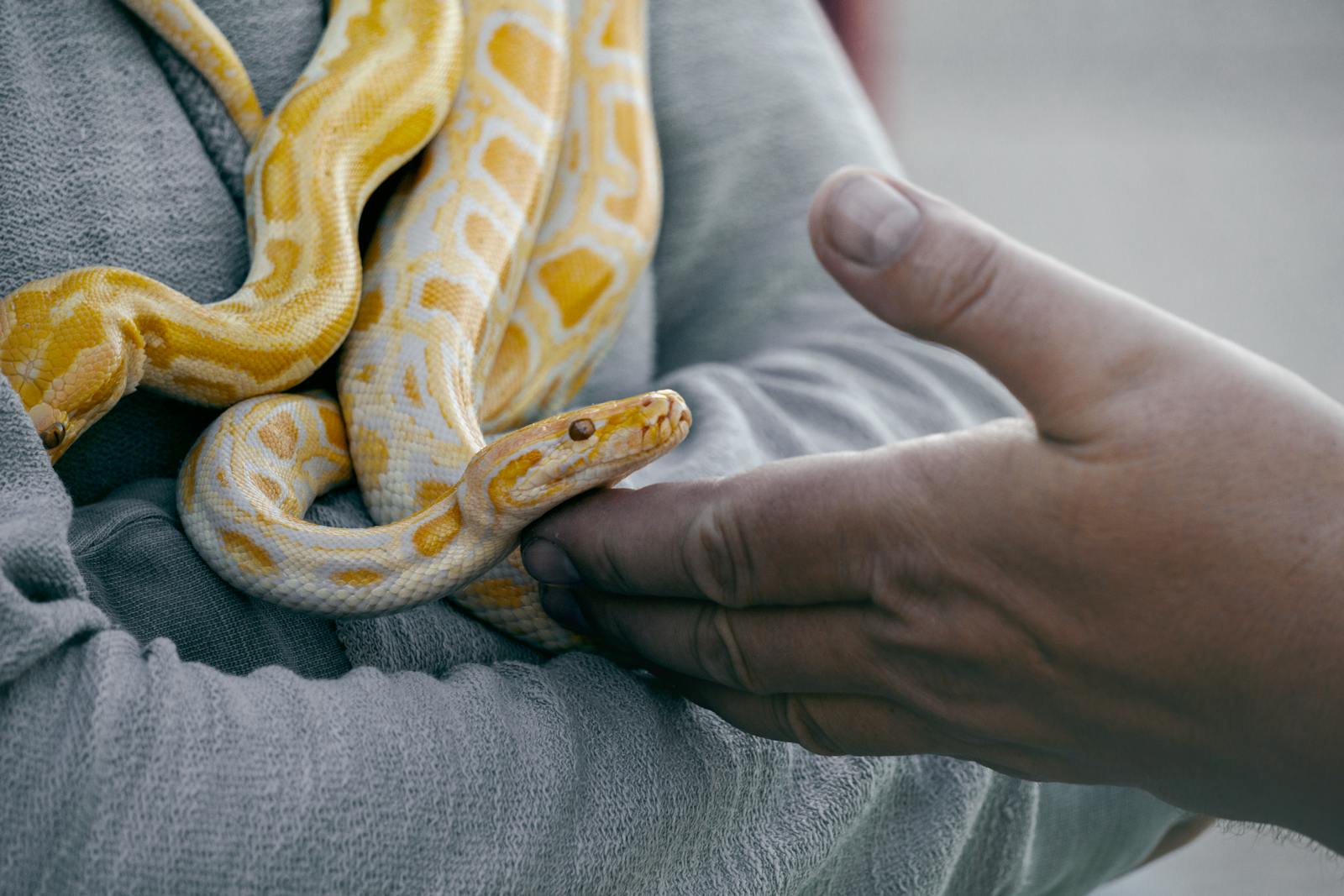
Some snake species employ intentionally inaccurate strikes as part of a broader confusion strategy against predators or threats. By launching multiple rapid strikes in different directions – most or all of which deliberately miss – the snake creates a disorienting effect that makes it difficult for predators to target them effectively. The Eastern hognose snake combines these intentional misses with dramatic displays like playing dead, hissing loudly, or flattening its neck to create a multi-layered defensive strategy. This behavioral pattern creates the impression of unpredictability and potential danger, often giving the snake enough time to retreat to safety while the confused predator reassesses the situation. The strategy proves particularly effective against inexperienced predators or those that rely on predictable prey movements for successful hunting.
Spatial Awareness and Distance Perception

A snake’s ability to judge distance affects its striking accuracy, and some species appear to intentionally maintain a safety margin by programming their strikes to fall short of maximum range. This built-in buffer zone helps snakes avoid overextending themselves into vulnerable positions when dealing with potentially dangerous targets. Studies of king cobras and black mambas – both highly intelligent snake species – suggest they maintain precise mental maps of their strike range and intentionally operate within 70-80% of their maximum capability during defensive encounters. This spatial awareness manifests as what appears to be intentional misses but actually represents sophisticated range management. The behavior supports the growing scientific understanding that snakes possess more complex spatial cognition than previously believed, including the ability to mentally map their surroundings and their own physical capabilities within that space.
Shedding Periods and Reduced Visual Acuity
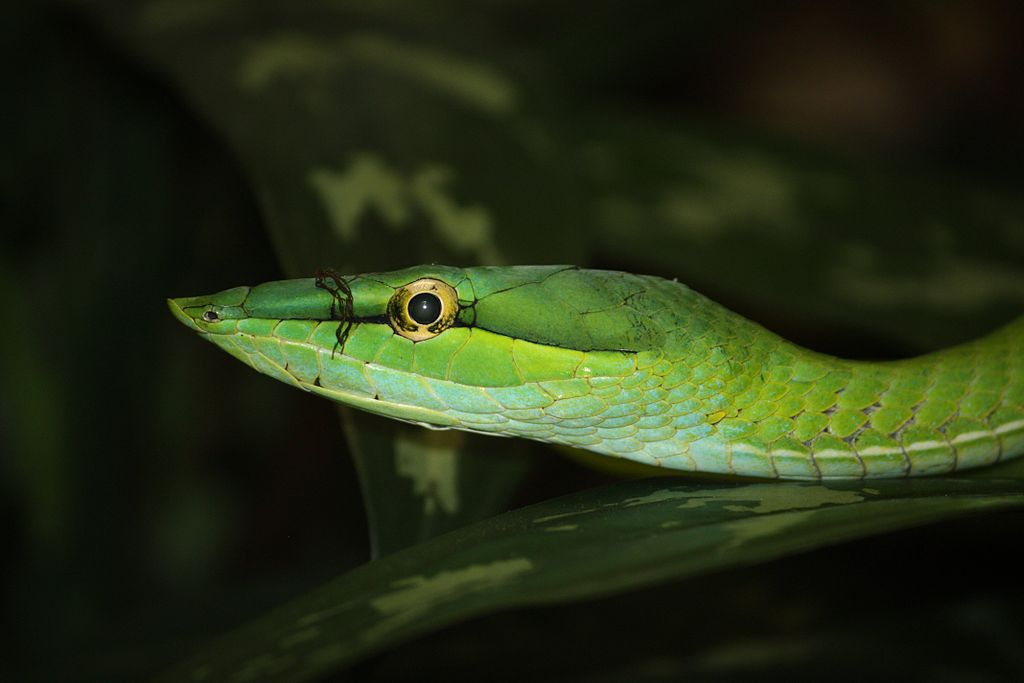
During the shedding cycle, particularly in the pre-shedding phase known as “blue,” snakes experience significantly impaired vision as the old skin layer over their eyes becomes opaque. This temporary visual impairment affects strike accuracy, and many species appear to compensate by intentionally striking short of targets during this vulnerable period. Field observations reveal that snakes like copperheads and pythons will continue to perform defensive strikes when threatened during shedding, but these strikes commonly fall short of their targets by noticeable margins. This adaptation allows the snake to maintain defensive capabilities even when sensory functions are compromised. After successful shedding, the same individuals quickly return to their normal striking accuracy, confirming that the previous misses were likely adaptations to their temporary visual limitations rather than random errors.
Intimidation Without Engagement
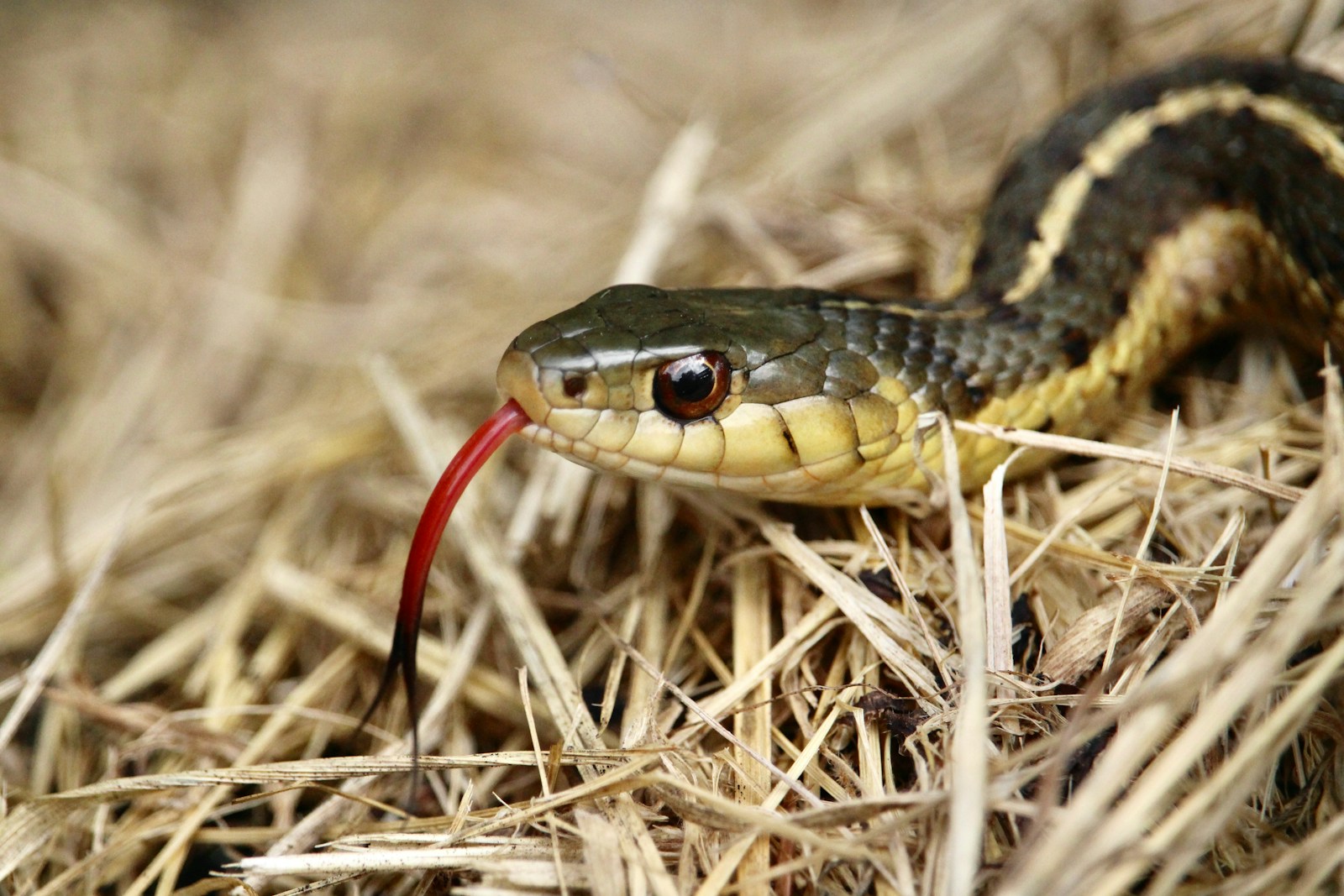
Many snake species have evolved striking behaviors specifically designed to intimidate without requiring actual contact, essentially using the threat of a bite rather than the bite itself. These intention display strikes often involve exaggerated movements, heightened speed, or additional elements like hissing or body positioning that maximize the psychological impact on potential threats. The western diamondback rattlesnake combines its famous rattle warning with precisely calibrated “short strikes” that deliberately miss the target while demonstrating the snake’s striking capability. This sophisticated behavioral adaptation allows the snake to create psychological distance without physical engagement. Researchers studying these behaviors suggest they represent a form of interspecies communication that has evolved specifically to warn rather than wound, supporting the theory that most snakes prefer avoidance over confrontation when dealing with larger animals.
Learning from Previous Encounters
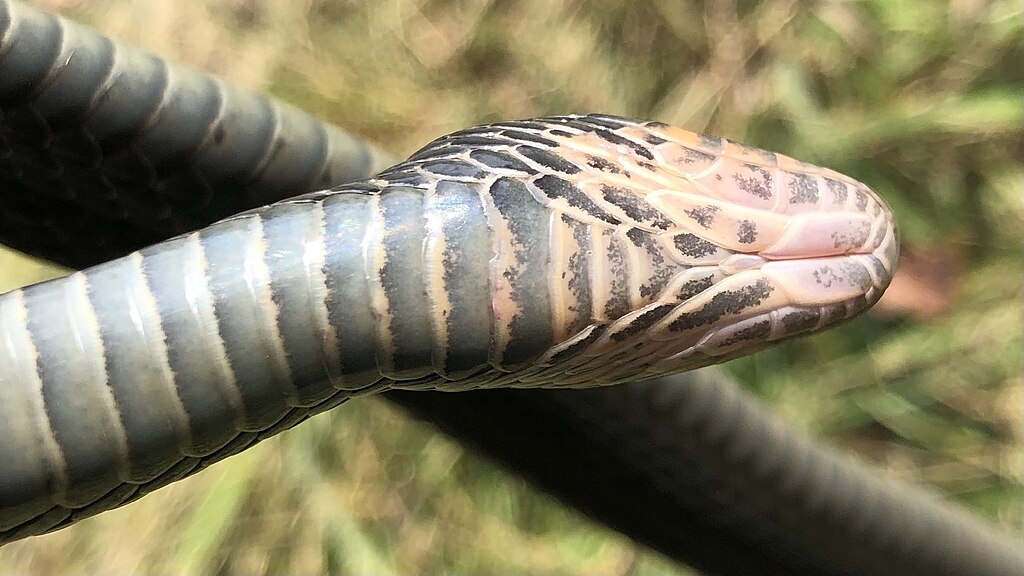
Evidence suggests that snakes can remember previous encounters with specific types of threats and modify their striking behavior accordingly, sometimes intentionally missing to gauge the reaction of a previously encountered threat type. This experience-based modulation has been observed in captive studies where snakes were repeatedly exposed to simulated predator encounters. Individuals demonstrated increasingly sophisticated threat responses over time, including more precisely calculated warning strikes that intentionally missed by specific margins. Cottonmouths studied in controlled environments showed clear pattern recognition abilities, with distinct striking behaviors for different categories of potential threats based on previous interactions. This cognitive flexibility challenges outdated notions about reptilian intelligence and suggests that intentional misses may sometimes represent learned behaviors tailored to specific types of encounters rather than purely instinctual responses.
Environmental Context and Strike Decisions

The physical environment plays a crucial role in a snake’s decision-making process around striking, sometimes leading to intentional misses when conditions aren’t favorable for follow-through. Snakes hunting near water, on unstable branches, or in confined spaces often demonstrate modified striking behavior that includes deliberate pull-backs before contact. Water snakes and mangrove-dwelling species show particular sensitivity to environmental positioning, executing what appear to be precisely calibrated partial strikes when attacking from potentially precarious positions. This environmental awareness prevents the snake from overcommitting in situations where a full strike might leave them vulnerable or unable to retreat. The behavior represents a sophisticated risk-assessment capability that balances aggressive and defensive needs against environmental limitations, further demonstrating the complex decision-making processes happening in the serpent brain.
Evolutionary Advantages of Strategic Misses

From an evolutionary perspective, the ability to strategically miss has provided certain snake species with survival advantages that have been selected for over countless generations. Intentional misses reduce unnecessary conflicts, conserve precious resources like venom and energy, and allow snakes to maintain effective boundaries without sustaining injuries from retaliating threats. Species that evolved alongside large mammals or predatory birds show particularly refined warning strike behaviors, suggesting coevolutionary pressure between these species. The persistence of these behaviors across diverse snake families indicates their effectiveness as survival strategies. Modern research increasingly recognizes that what might once have been dismissed as “failed” strikes often represent sophisticated behavioral adaptations that have been carefully honed through natural selection to maximize survival while minimizing risk – a stunning example of evolutionary problem-solving in action.
Conclusion
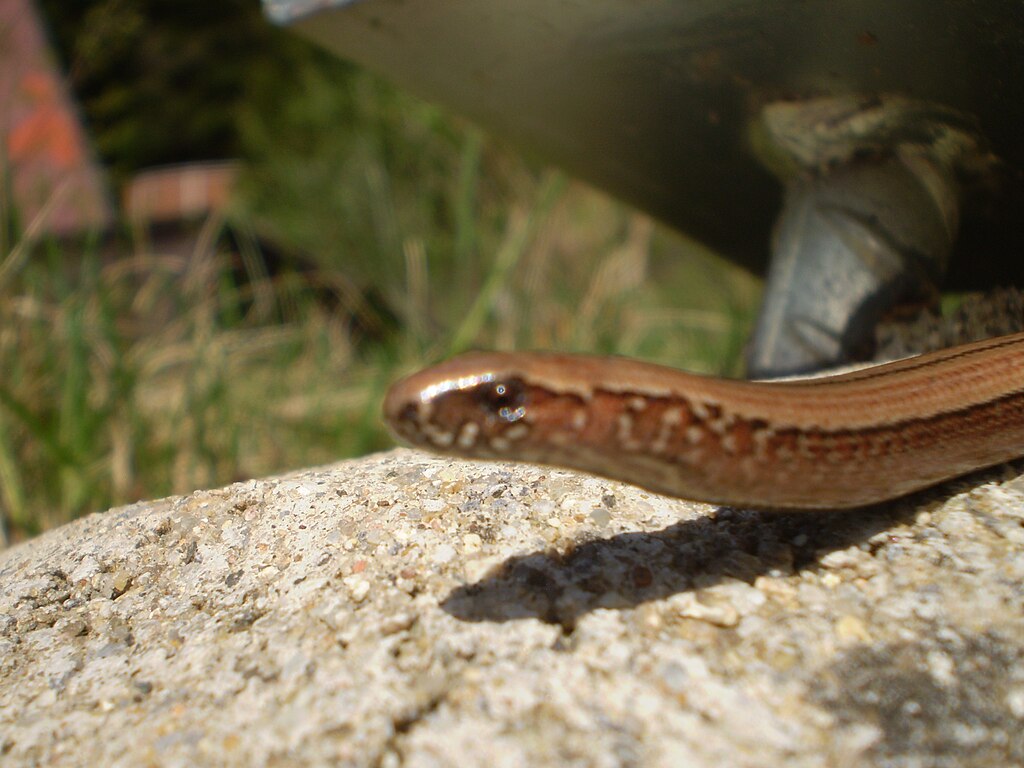
The phenomenon of intentional misses in snake strikes reveals a level of behavioral sophistication that challenges simplistic views of these remarkable reptiles. Far from being failures or errors, these deliberate near-misses serve as multifaceted tools in the snake’s survival arsenal—conserving precious resources, communicating with potential threats, practicing essential skills, and managing risk in complex environments. As our understanding of snake cognition and behavior continues to evolve, we gain greater appreciation for the nuanced decision-making capabilities of these ancient predators. The next time you witness a snake strike that seems to fall short, remember that you may not be observing a mistake, but rather a precisely calculated action from an animal that has perfected the art of survival through millions of years of evolution.

